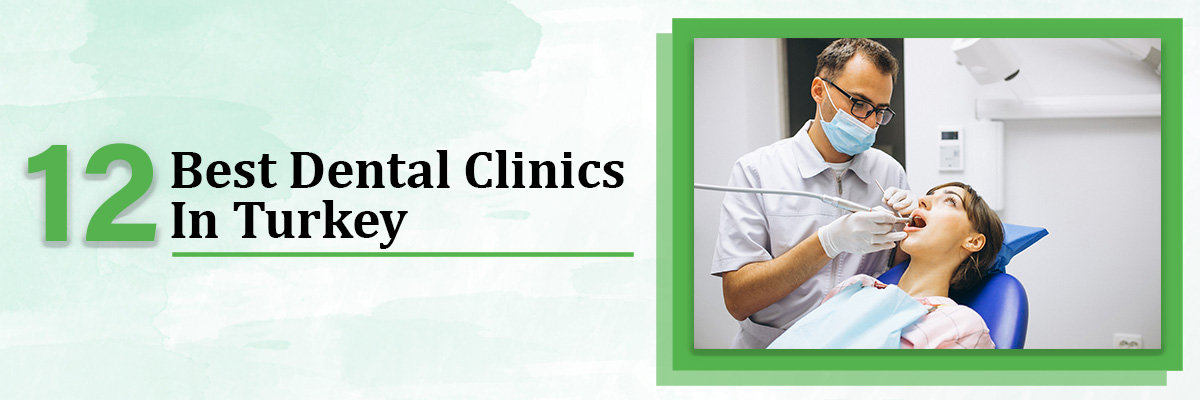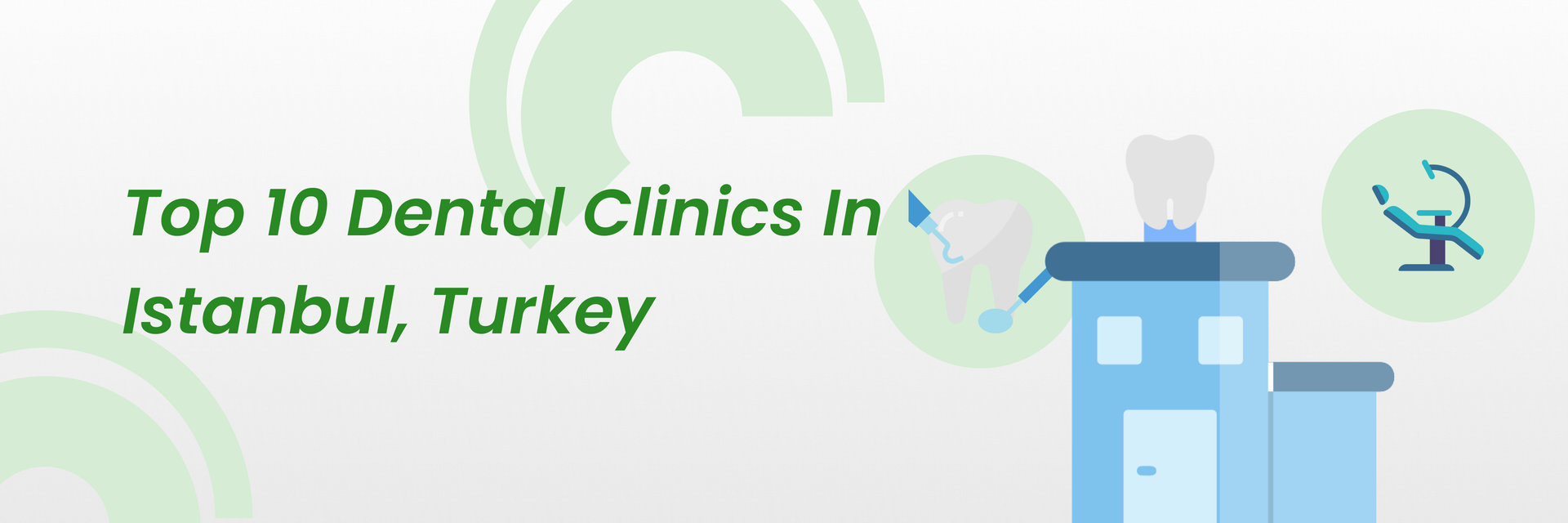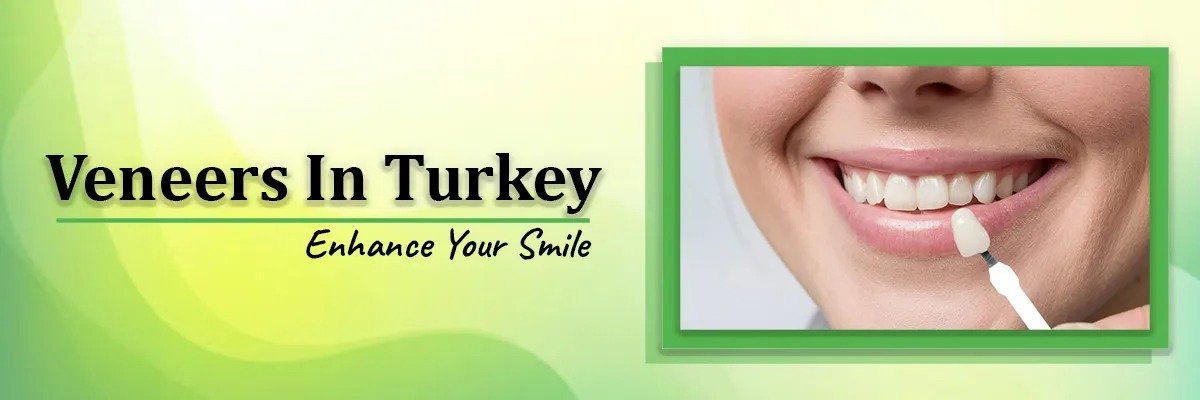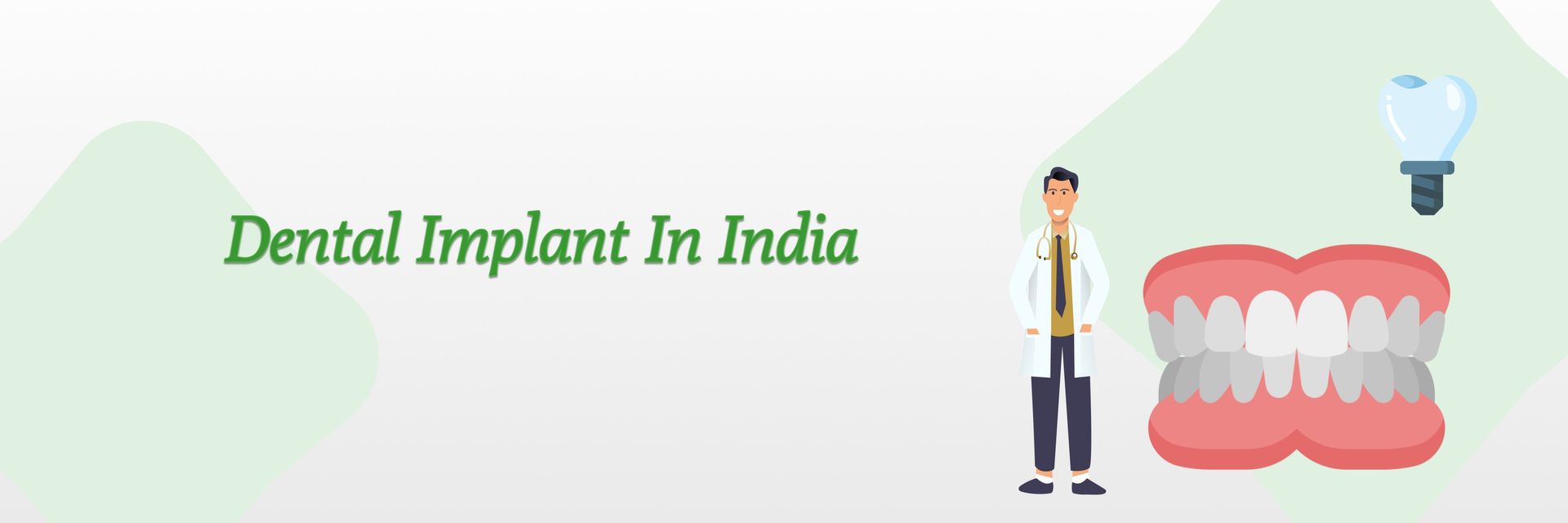Overview
When most people think of dental procedures, the first concern that often comes to mind is comfort. That’s why safe anesthesia practices play such a crucial role not only in easing anxiety but also in ensuring optimal outcomes. For professionals pursuing advanced training, resources like a DAANCE practice test help strengthen the knowledge and skills required to provide safe, effective care in dental anesthesia.
Why Anesthesia Matters in Dentistry
Dental anesthesia is more than just “numbing.” It is a medical practice that combines precision, safety, and patient-centered care. When done properly, it allows dentists and oral surgeons to:
Safe anesthesia is the foundation of modern dental practices, making advanced procedures accessible to people who might otherwise avoid care due to fear or pain.
The Evolution of Safe Anesthesia in Dentistry
Dentistry has come a long way from its early methods of pain management in dental care. The development of local and general anesthesia transformed both patient and provider experiences. Today, standards are even higher thanks to:
- Rigorous safety protocols – from prescreening patients to monitoring vital signs throughout procedures
- Improved training programs – ensuring dental teams are equipped with knowledge in pharmacology and emergency management
- Technological advancements – such as digital monitoring systems that provide real-time patient data
- Stricter regulations and guidelines – set by professional boards and organizations
This evolution highlights a shift toward prioritizing both patient safety and comfort at every stage.
Patient Safety: The Heart of Anesthesia Practices
At its core, dental anesthesia is about ensuring patients are safe before, during, and after treatment. Key elements include:
1. PreProcedure Assessment
- Reviewing medical history
- Identifying potential complications such as allergies, heart conditions, or respiratory risks
- Establishing the right anesthesia plan for each patient
2. Monitoring During Procedures
- Continuous tracking of vital signs (oxygen levels, heart rate, blood pressure)
- Emergency preparedness in case of adverse reactions
3. PostProcedure Care
- Providing clear instructions for recovery
- Monitoring for side effects like dizziness or nausea
- Ensuring followup support if complications arise
By following these steps, dental professionals not only improve outcomes but also build longterm patient trust.
Raising the Standards of Dental Care
Safe anesthesia practices don’t just help patients; they elevate the entire standard of dental care. Clinics that invest in training, monitoring equipment, and safety protocols show commitment to:
- Professional excellence – maintaining credibility in the field
- Patient-centered service – making dental visits more accessible and less intimidating
- Ethical responsibility – ensuring no unnecessary risks are taken with patient health
This professionalism sets the tone for how patients perceive dentistry overall.
The Role of Training and Certification
Behind every safe anesthesia procedure is a well-trained dental team. Programs that focus on anesthesia, sedation, and emergency care help practitioners meet high safety standards.
Key aspects of training include:
- Pharmacology knowledge – understanding how drugs interact with the body
- Airway management skills – critical in emergencies
- Sedation techniques – from local anesthesia to more advanced sedation methods
- Emergency preparedness – knowing how to respond if complications arise
This is where structured study and practice tests, like those offered in specialized training programs, play an essential role in preparing professionals.
Technology’s Contribution to Safety
Modern tools are making anesthesia safer than ever:
- Digital Monitoring Devices – provide instant alerts for irregularities
- ComputerControlled Local Anesthesia Systems – allow more precise, less painful injections
- Simulation Training – uses virtual scenarios to prepare dental teams for reallife emergencies
With these tools, dentists can focus on care while patients enjoy peace of mind knowing safety is backed by technology.
Patient Experience and Emotional WellBeing
A positive dental experience often hinges on how comfortable and secure a patient feels. Safe anesthesia practices contribute to:
- Reducing fear and anxiety before procedures
- Helping patients overcome dental phobia with supportive care
- Ensuring minimal pain and discomfort during treatment
- Making recovery smoother and less stressful
This not only improves individual visits but also encourages patients to maintain regular dental checkups strengthening longterm oral health.
Building Patient Trust Through Transparency
Transparency is key to improving dental experiences. Dentists and anesthetists can foster trust by:
- Explaining anesthesia options clearly
- Discussing potential risks and benefits openly
- Encouraging patients to ask questions
- Reassuring patients with step by step explanations
When patients feel informed, they feel empowered and that empowerment translates to loyalty and confidence in care.
Future Directions in Dental Anesthesia
As dentistry continues to advance, we can expect new developments that further enhance safety and outcomes:
- Personalized Anesthesia Plans based on genetic profiles and medical histories
- Artificial Intelligence (AI) Support for predicting risks and adjusting doses in real time
- NonInvasive Sedation Methods that reduce side effects and recovery time
- Expanded Training Programs incorporating virtual reality and AIdriven simulations
The future points toward an era where dentistry is safer, more precise, and more patient friendly than ever before.
Conclusion
Safe anesthesia practices are not just a technical requirement they are a commitment to better patient outcomes and higher standards in dental care. From advanced training programs and certification to innovative technology and patient-centered communication, each step builds toward a safer, more comfortable experience for every patient.
When dental professionals embrace both education and evolving practices, they don’t just ease pain—they transform the way patients view oral health. And in doing so, they raise the bar for what excellent dental care should look like.







